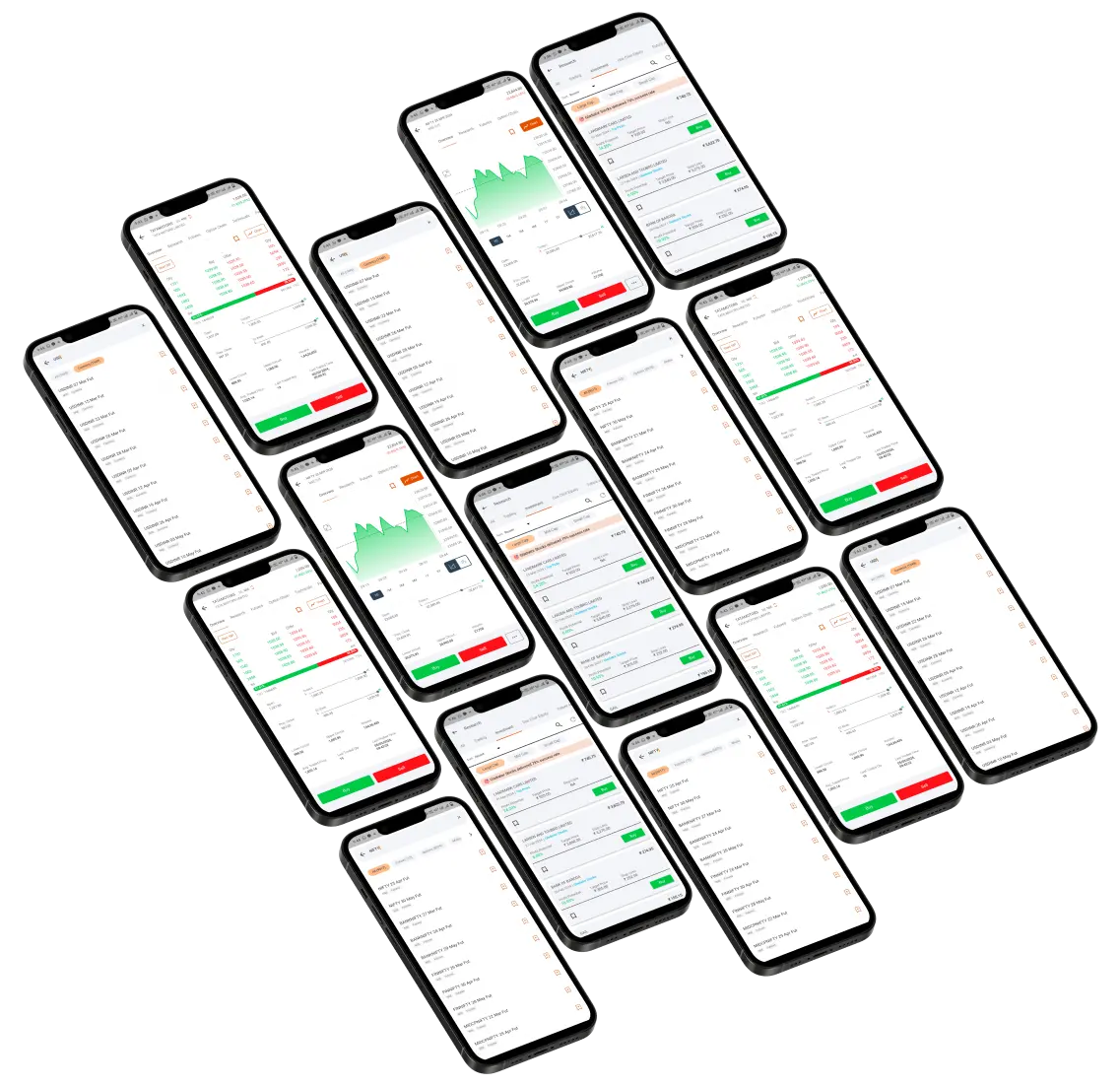
How to make SIPs work for your money goals
That the idea of investing money regularly in mutual funds has gained major traction in recent years is well known. Investors plough in nearly Rs 13,700 crore every month into mutual funds via the SIP (systematic investment plan) route. But regular investments of random sums without any specific process or purpose would not be of much use in achieving your goals.
SIPs offer the benefit of averaging the cost of purchase of mutual funds by buying units in rising and falling markets. They help you gain from the power of compounding over the long term by remaining invested across cycles, and offer the ease of investing small or large sums regularly.
Systematic investments are useful when directed towards specific goals. And if you aren’t knowledgeable enough on mutual funds and market dynamics, the options available, you must not hesitate to take the help of mutual fund distributors or registered investment advisors for taking informed decisions.
Your fun choices and amounts invested must be based on your financial targets – retirement, children’s education, their marriage, house purchase, international vacation – time horizon, available surplus and risk appetite. When you plan for your goals via SIPs, you will be able to channelise your savings smartly. Here’s more on how you can make your SIPs more potent.
Planning for money targets: The initial steps
Before starting your SIPs in specific equity and other funds, you must decide how much investible surplus you would have each month, by drawing a detailed budget of your income and expense heads. You can start with small sums of money, but must scale up when you get salary hikes.
With the help of a financial planner, you can decide how much it would take for each goal, assess your own risk appetite, suitability of the right mutual fund and so on. Even if you are a DIY (do-it-yourself) investor, it is still advisable to get your portfolio vetted by a seasoned professional once in a while to check if you are on track.
Inflation is a key factor to be considered when planning for your goals, which many miss or overlook.
Regular inflation may be 6%. But some expenses such as college fees and marriage costs may increase by 10%. With that inflation, prices would double in 7 years. Therefore, taking inflation into account is a critical part of your goal-planning exercise.
Then, you must decide the amount you need to set aside for each goal and the timelines for the same. Also, a basic idea on the likely returns would help. It is only with some perspective on the likely returns from investments that you can actually arrive at the right sum. It is better to be conservative and save more, rather than assume higher returns, save less and be disappointed later on.
After you decide how much you need for each goal by using financial planning calculators available in plenty online or taking help from your advisor, you can invest for each goal in different funds via the SIP route. You can then manage your monthly cashflows better by juggling expenses, EMIs and investments smartly.
Multiple fund categories available based on timelines
In a broad sense, large-cap and flexicap funds must form the bulwark of your SIP investments. But individual risk appetites, timelines, surpluses and preferences differ. So, you can may be add mid and small-cap funds for long-term goals. Depending on the criticality and timeline of each goal, you can also use other category of hybrid funds and debt schemes as well. The following goals are typical ones for most families.
Overseas holiday and vehicle purchase: These are typically goals that at 1-3 years away. You cannot take high risks with such investments for short periods. So, investing in money manager or ultra-short term funds and for the medium term, in conservative hybrid or balanced advantage funds, may work better.
Dream home: You can approach this goal in a couple of ways. First, you could save for the upfront amount of a home loan via SIPs for 4-5 years, in which case large-cap and flexicap funds can be of help. The second approach is to buy a house closer to your retirement 15-25 years away when you have a good idea of where you will eventually settle down. Or, you can choose to buy a house without any home loan 10-15 years down the line. In such cases, you can consider additional SIPs (apart from your large and flexicap investments) in mid, multi-cap and small-cap funds as well, given that these categories can generate higher risk-adjusted returns over the long term.
Children’s higher education and marriage: You should start saving for these goals early, given that these are mostly non-negotiable. Ideally, you must start saving for these goals when your children are born, thus giving you a long investment horizon for your SIPs to deliver. Given that you would have 17-25 years before these events come up, you can invest in small and midcap funds. With suitable asset allocation, you must balance your portfolio closer to your goal or when you reach the corpus well ahead of time.
For your children's marriage, you can also invest in gold ETFs instead of buying physical gold. You can thus hedge for inflation.
Retirement: This is the most crucial and often ignored goal. Those in the private sector would not get any pension after retirement. So, you must start saving for your silver years soon, even with small sums. If you start at 25 and retire at 60, you get a good 35 years for compounding to work. You can gradually step-up SIPs as other goals get accomplished and your surplus increases. On the other hand, if you wish to retire early at, say, 45, you must save a lot more, which you can if your income keeps increasing at a fast pace or if can successfully jump jobs with fat hikes.
Factors for SIPs to succeed
You must review your SIP investments once a year or at least once every two years. Prolonged underperformers must be culled out and replaced with better funds.
All your SIP investment choices must be in funds that are in line with your overall asset allocation framework based on your own calculations or as directed by your advisor. As mentioned earlier, when you get salary hikes, you must look to increase your SIP instalments.
Inflation and lifestyle upgrades must be factored into your final money target, so that your SIPs can be altered accordingly.
Before you even start your SIP journey, you must have an emergency fund worth 6-12 months of total expenses, EMIs and SIP instalments, especially given the era of layoffs and pay cuts that we live in. Health and term insurance policies are also must haves.
This emergency corpus can be held in liquid or money market funds. You can consider having an additional emergency healthcare fund in case you have dependent parents not covered by insurance.










